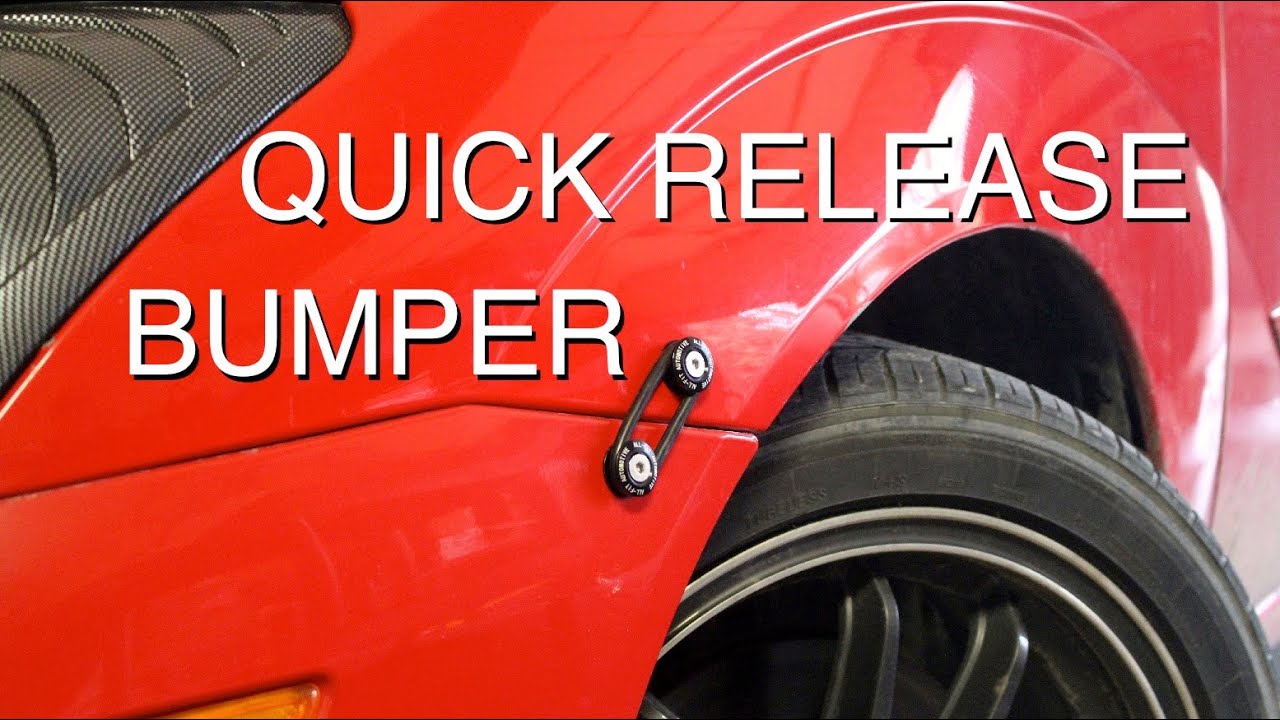Where to Attach a Tow Strap Without Hooks
Tow straps are valuable tools for freeing stuck vehicles or towing in emergency situations. However, not all vehicles come equipped with tow hooks. In this guide, we'll explore alternative methods for attaching a tow strap when your vehicle lacks dedicated tow hooks.
1. Assess Your Vehicle:

Vehicle
Before attempting to attach a tow strap, inspect your vehicle to identify suitable attachment points. Look for sturdy metal components like frame members or recovery points. Avoid attaching the tow strap to plastic or fragile parts.
2. Use a Hitch Receiver:
If your vehicle has a trailer hitch receiver, it can serve as a strong attachment point. Insert a hitch receiver shackle or D-ring into the hitch and secure it with a hitch pin. Attach the tow strap to the shackle.
3. Locate Recovery Points:
Some vehicles, especially off-road or 4x4 models, come equipped with recovery points or loops. These are specifically designed for towing and recovery operations. Consult your vehicle's manual or contact the manufacturer to locate these points.
4. Wrap Around the Axle:
In the absence of tow hooks or recovery points, you can wrap the tow strap around a sturdy part of the vehicle's axle. Ensure that the strap is snug and won't slide off during the towing process.
5. Use Tow Strap Brackets:
Consider installing tow strap brackets to your vehicle if you frequently find yourself needing to tow. These brackets provide a secure attachment point for tow straps and recovery equipment.
6. Beware of Bumper Attachment:

Bumper Attachment
While it may seem convenient, avoid attaching a tow strap to your vehicle's bumper, especially if it's made of plastic or lightweight materials. This can lead to bumper damage or detachment during towing.
7. Safety First:
Always prioritize safety when attaching a tow strap. Ensure that the strap is free of knots or tangles, and everyone involved in the towing operation stands clear of the towed vehicle's path.
8. Communicate Clearly:
Establish clear communication signals with the driver of the towed vehicle and the person operating the towing vehicle. Use hand signals or two-way radios to coordinate movements.
9. Slow and Steady:
When towing a vehicle without dedicated tow hooks, drive cautiously and avoid sudden movements. Gradually increase the towing force to prevent damage or accidents.
10. Professional Assistance:
If you're unsure about where to attach a tow strap or have concerns about damaging your vehicle, it's best to seek professional towing assistance. Professional tow truck operators have the equipment and experience to handle towing safely.
Knowing where to attach a tow strap when your vehicle lacks hooks is essential for safe and effective towing. Assess your vehicle, use suitable attachment points like hitch receivers or recovery loops, and always prioritize safety during towing operations. When in doubt, consult your vehicle's manual or seek professional assistance for peace of mind.